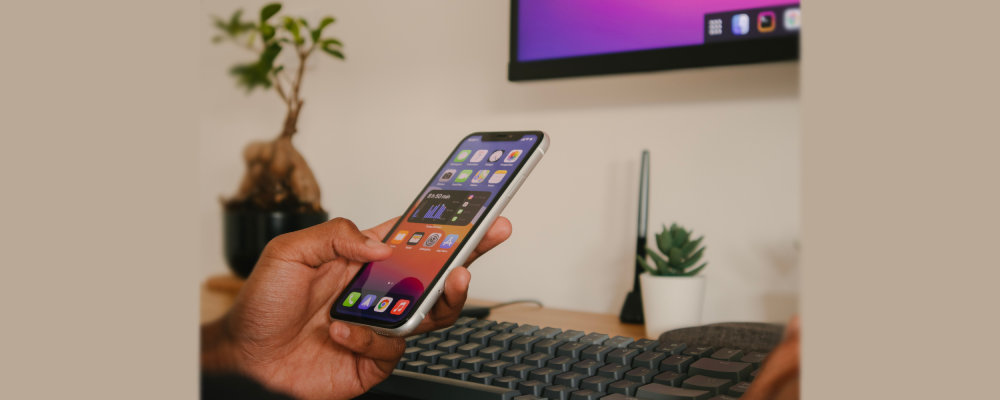The relationship between technology and distraction is a close one. And it impacts millions each day.
The 21st century is divided into two worlds—the real one and the virtual one. Maneuvering between these worlds is what it takes to thrive in this tech-driven environment.
And this is both a blessing and a curse.
On one hand, technology is proving to be a great tool. It helps you become more productive, reach your goals faster, and communicate much more efficiently. But on the flip side, modern technology has become much more than a mere tool for us, and that’s causing some serious problems.
One of these problems is the constant distraction that impacts your physical, mental, and psychological health.
In this post, we’ll look at the relationship between technology and distraction, its consequences, and what you can do to limit the level of control tech has on your focus and attention.
So, let’s begin.
Research Says
In 2012, the Wall Street Journal reported on a study by Gloria Mark, a professor of informatics at the University of California, Irvine. Mark found that a typical office worker gets distracted every three minutes.
Once you’re taken off track, it takes roughly 23 minutes for you to get back to what you were doing before.
Besides that, several studies have pointed out that the average student can’t focus on a single task for more than two minutes without getting distracted by their phone.
And finally, in the same study as above, Mark also found that a typical Internet user can only focus for 40 seconds before getting distracted.
And these constant distractions aren’t without consequences. Have a look.
Consequences of Distraction
If asked about the negative effects of distraction, most people will respond along the lines of “failure to concentrate on tasks and things that actually matter.” While this is not untrue, distorted focus is just one of the many consequences of constant distraction. Here are some others.
Distraction Costs Money
Studies say that an average office worker spends more than 5 hours per week doing activities on their phones that have nothing to do with their job. These activities include watching media content, scrolling social media, and interacting with mindless posts.
Finance experts say that these distractions cost American businesses an average of $650 billion annually.
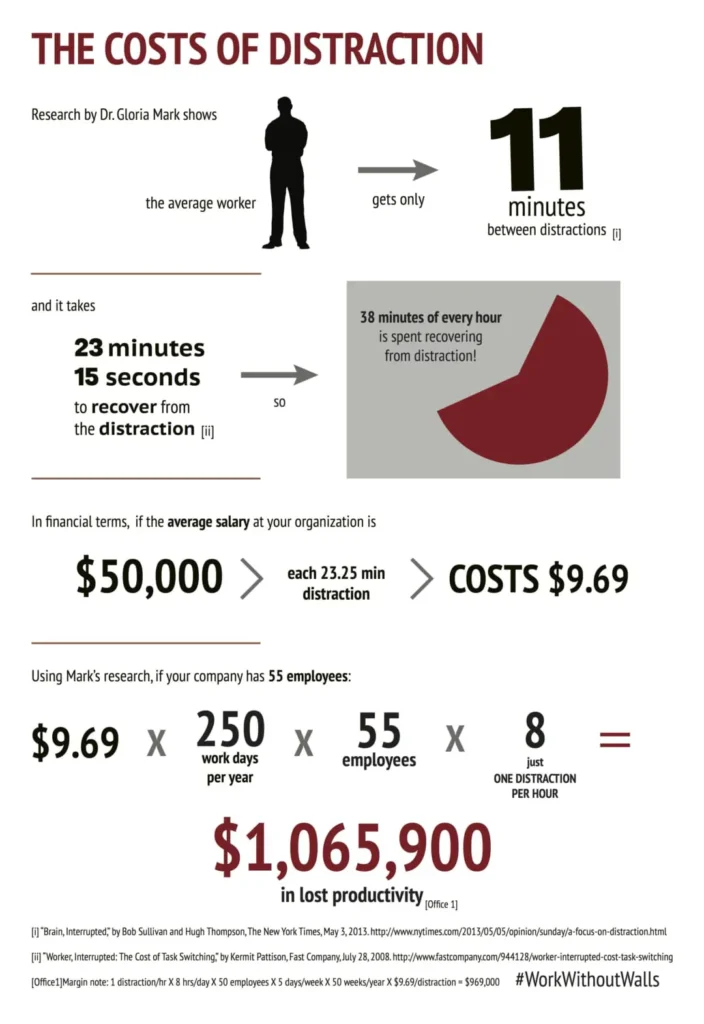
And this is not just a problem on a business level.
Online ads are also one of the many types of distractions that drain your wallet.
A New York Times article said that, in 2007, an average person was exposed to around 5,000 ads per day. Today, that number has violently risen.
To find out more about this, Ron Marshall, a popular marketing expert, performed an experiment in 2020 to count the number of ads he was exposed to during a typical day.
Marshall said that he spotted 487 ad messages before even finishing his breakfast. This shocked him so much that he decided not to continue.
Accidents
It’s common knowledge not to use your phone while driving. But, in recent years, distracted driving has become one of the leading causes of motor vehicle accidents, including pedestrian accidents. These accidents have resulted in thousands of serious injuries through to tragic fatalities.
In one study, the Governors Highway Safety Association found an increase of 22% in pedestrian fatalities from 2014 to 2016. And they cite distracted driving to be a significant contributor to this ever-growing problem.
Smartphones have given people more ways to be distracted while they drive. And in 2018 alone, distracted driving cost 4,637 people their lives in the US.
Inferior Performance
Besides literally grabbing your attention away from the task at hand, resulting in poor performance, distractions can also drain your energy.
It’s been established that none of us can truly multitask. What we call multitasking is actually a constant switching between two tasks, resulting in an inferior product of our work.

So, when you try to multitask, you pay for it.
Research says, every time something causes your focus to shift to something new, it uses a certain amount of glucose and metabolic resources in your body. The more resources your body uses, the less energy you’ll have left for priority tasks, resulting in inferior performance.
Hyper-alertness
Experts say that “frequent distractions create a physiological hyper-alert state that activates adrenaline and cortisol production, which is a stress indicator.”
This happens because when you can’t focus on your work, it makes you feel stressed about not being productive. And this causes you to focus less, creating a stress loop. This causes mental and emotional exhaustion, draining your ability to concentrate, focus, and recall information.
IQ Drop
A research study from the University of London found that when you’re bombarded with notifications and distractions, you lose an average of 10 IQ points.
And this is if you don’t give in to those distractions and keep working.
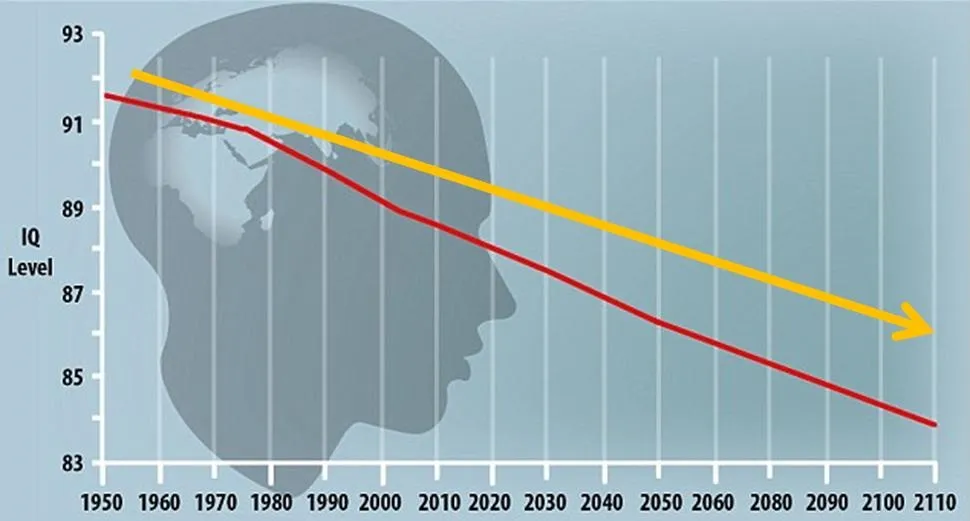
While 10 IQ points might not seem like such a big deal, it’s the equivalent of not sleeping the whole night before.
They mentioned that distractions (even if you don’t give in to them) reduce your mental sharpness. And add to that the energy you exert to avoid checking the distractions.
Is Modern Technology the Only Cause of Distraction?
In the modern world, it’s crucial that we have our gadgets with us. Not having them makes lots of things extremely complicated.
But is tech the sole reason we get distracted?
Many experts say no. Although your gadgets play a huge role in this, we also have a biological urge to be distracted.
Let me explain.
The Biological Urge to be Distracted
In his book, Unmodern Observations, German philosopher Friedrich Nietzsche, said that we deliberately seek distractions to stay mentally busy. This is because, if we didn’t seek distractions, we’d have to face the big questions—like whether we’re living genuinely meaningful lives.
We use social media, dive into angry online arguments, mindlessly scroll our feed, and overall, keep our minds busy. Because:
“When we are alone and quiet, we fear that something will be whispered into our ear, and for this reason, we hate the quiet and drug ourselves with social life.” —Friedrich Nietzsche
But here, you’re choosing to be distracted. What about when you’re trying to focus on something, and you find yourself grabbing your phone after a while?
One research study conducted on humans and monkeys concluded that our ability to focus doesn’t work uninterruptedly. Instead, it works in bursts of attention.
The researchers found that we’re actually distracted in between those bursts of attention. During that period, the brain scans your surroundings to see if there’s something that requires your focus. And if there’s not, it refocuses back to what you were doing.
“The brain can’t process everything in the environment,” says Ian Fiebelkorn, an associate research scholar at the Princeton Neuroscience Institute. “It’s developed those filtering processes that allow it to focus on some information at the expense of other information.”
Distraction is Pleasurable
There are actually two reasons why you get distracted when you’re trying to focus.
As I mentioned, one is obviously the biological urge to check your surroundings for things that may require your focus.
Another is when you focus for a long time, and your brain needs a break.
For instance, when you’re working, it requires your brain to be constantly thinking, be creative, and deal with a lot of things. At some point, it becomes tedious.
This is when your brain craves some form of distraction.
In both these scenarios, you’re vulnerable to distractions. And this is where tech companies swoop in to divert your attention toward their money-making machines.
One common strategy to get your attention is by sending you notifications.
Notifications: The Portal to a Glamorous World
Notifications are exciting. Maybe it’s your friend texting you, or your crush liking your messages, or you getting a massive discount from your favorite website. But do you know that the content of your notification isn’t what excites you, but it’s the notification itself?
According to Dr. Sanam Hafeez PsyD, receiving a smartphone notification “sends our brain into overdrive, triggering anxiety and stress, and at the very least, hyper-vigilance, which is meant to protect ourselves from predators, not the phone.”
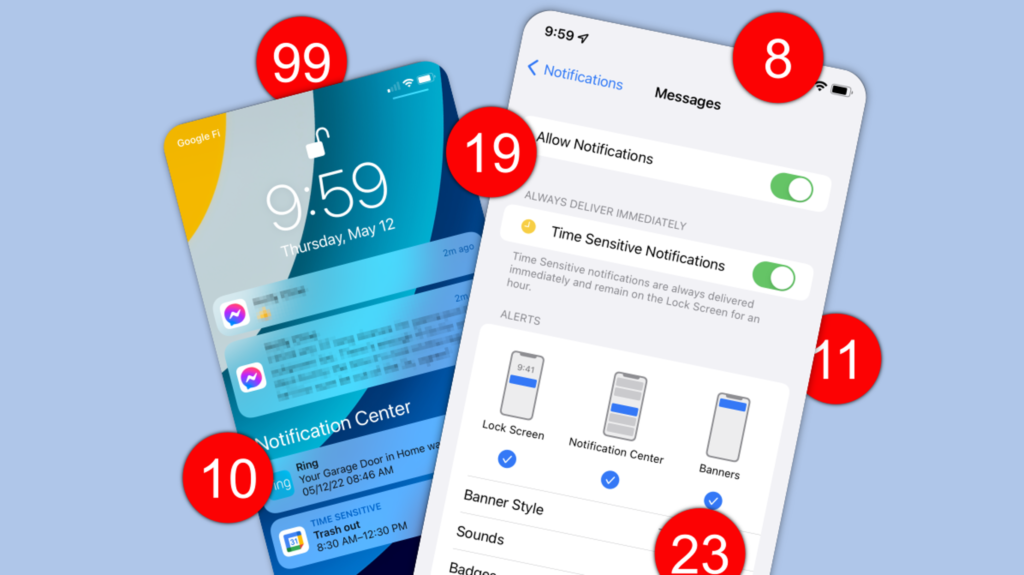
“The alerts from phones, or even the anticipation of them, shuts off the prefrontal cortex that regulates higher-level cognitive functions, and instead, forces the brain to send emergency signals to the body.”
Tech companies know this, which is why notifications constitute a significant part of marketing strategies globally. Read my post “Tech Companies Have Successfully Hacked Our Evolution-Based Brains” for more information.
So, when you’re between your bursts of focusing or your brain is craving distraction, the notifications on your phone grab your focus and take it to the glamorous world of the internet, making it very hard for you to get back to the original task.
And Once You’re in There…
So, once you get in there—i.e., inside your favorite social media website or internet application—you’ll be greeted by different strategies to keep you browsing.
Gamification is one of the strategies that I’ve discussed in-depth on this blog. Check out “Gamification Technology: A gift to mankind, or a huge psychological experiment?” for more information.
In short, gamification is the concept of adding game elements in non-game environments to incentivize you to spend more time on the platform, generating more revenue for the company.
There are many similar tactics like emotional contagion [to be linked], autoplay, content tweaking, and more. But no matter the strategy, the end goal is to keep you interacting with their product.
Ads: The Decision’s NOT Yours
Of course, just keeping you on the website or the app isn’t profitable enough. So, the next phase of distraction comes in the form of advertisements. This means that even when you’re in there, you can’t really focus. Because directing your attention to ads is where the revenue is.
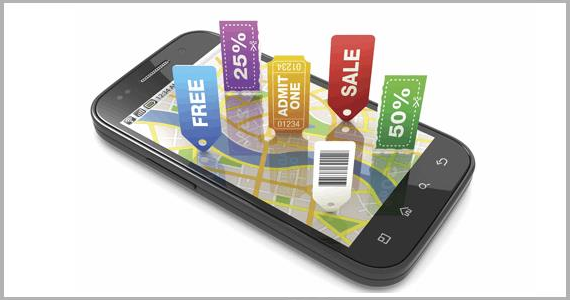
This is a well-researched, structured distraction strategy to capture your focus and attention.
And even though the intention is to just make you spend time watching ads and money after viewing those ads, as I mentioned in previous sections, these distractions cost you a lot more than your time and money.
So, is there anything you can do to avoid or remove these distractions from your life?
Luckily, you can do many things to protect yourself from the harmful effects of technology-induced distraction. Here are some of them.
Turn Off Notifications
As I already mentioned, notifications are one of the most potent focus killers. So, make sure to turn off notifications from apps and websites that don’t require your immediate attention.
You can google how to turn off notifications on your specific device. Just search “Turn off Notifications for [Apps or Site] on [Device Name].”
Put Your Phone Away When You’re Focusing
“The sight of a cell phone reminds people of the broader social community they can access via texting and the internet,” says Bill Thornton, a University of Southern Maine professor. “With the presence of the phone, you’re wondering what those people are doing. Even if it’s just mental, your focus is not on the task at hand, whether it be trying to write an article, get this spreadsheet set up, or just socializing; your mind is elsewhere.”
So, keep your phone out of sight when you’re focusing. Simply keeping it in your desk drawer, for example, does wonders.
And besides that, you can also turn on the ‘Do Not Disturb’ mode on your computer. Check out this helpful article by Parallels entitled, “How to Turn on “Do Not Disturb” on Your Computer.”
Keep Your Notification Panel Clean
If you use your phone for work and have to keep it in your sight, make sure that your notification panel isn’t crowded. This can compel you to go check what’s inside those notifications.
So, whenever you get a few notifications on your panel, simply hit clear all.
Set a Schedule for Your Phone
One strategy you can try is to use your phone as a reward at the end of the day. Simply set a 30-minute to 1-hour schedule where you can use your phone, respond to messages, check your social media, and do other stuff.
And be sure to strictly adhere to your schedule.
The Flow State
“Although your mind and body are extremely fluid (you can adapt to just about anything if you wanted to), there are specific times of the day when you operate best,” says Dr. Michael Breus in his book called The Power of When.
At this time, you can enter what psychologist Mihaly Csikszentmihalyi calls the “flow state” — that state of being in the zone, where you’re totally absorbed by what you’re doing, and time ceases to exist.

Most of the population go through life sleepwalking, hardly ever feeling the joy of intense focus. But professional athletes enter the flow state all the time. You may have heard gold medalists, world cup champions, and tour de France winners saying how they were in a flow for their winning performances.
Csikszentmihalyi says that you can also reach this flow level and consistently too.
You can ignore the 1,000 distractions around you and produce an unbroken and intense focus on complicated tasks. And here’s how you do that.
How to Enter The Flow State
Dr. Michael J. Breus, who founded “The Sleep Doctor,” created a quiz that lets you identify your chronotype.
Your chronotype is something that influences your sleep and wake times, as well as appetite, exercise, and core body temperature.
You can take the quiz on The Sleep Doctor website.
This quiz identifies your chronotype and suggests when you’re more likely to enter the flow state.
When you have that information, you need to start consistently focusing on your prime time.
Slowly, this will become your habit, and it will be much easier for you to let go of distractions.
Another key to entering the flow state is to find the right type of activity. Says Csikszentmihalyi, it should be challenging enough to keep you on your toes, but not so challenging that you’re likely to give up. Think Goldilocks: not too easy, not too hard—just right.
With minimal distraction and the right task at the right time, you’ll find yourself in that pleasant and fulfilling state of flow. And if you keep doing it, soon, your mind will train itself to remember that focus and reproduce it when you want, where you want.
Final Thoughts
These are just a few tips that you can use to avoid technology-induced distraction. You can also create your own methods. Because, at the end of the day, you’re in control of how much technology controls you.
So, the more you don’t give in to its demands, the more you’ll be able to use your gadgets as a tool to enrich your life.
Technology is awesome. If used correctly, it will do nothing but uplift you. So, don’t fight it completely. Instead, be mindful of your tech use, and build a healthier relationship with technology.
Check out “The Healthier Tech Podcast,” where experts from different industries share tips on using technology in a way that benefits you without subjecting you to its adverse effects.

